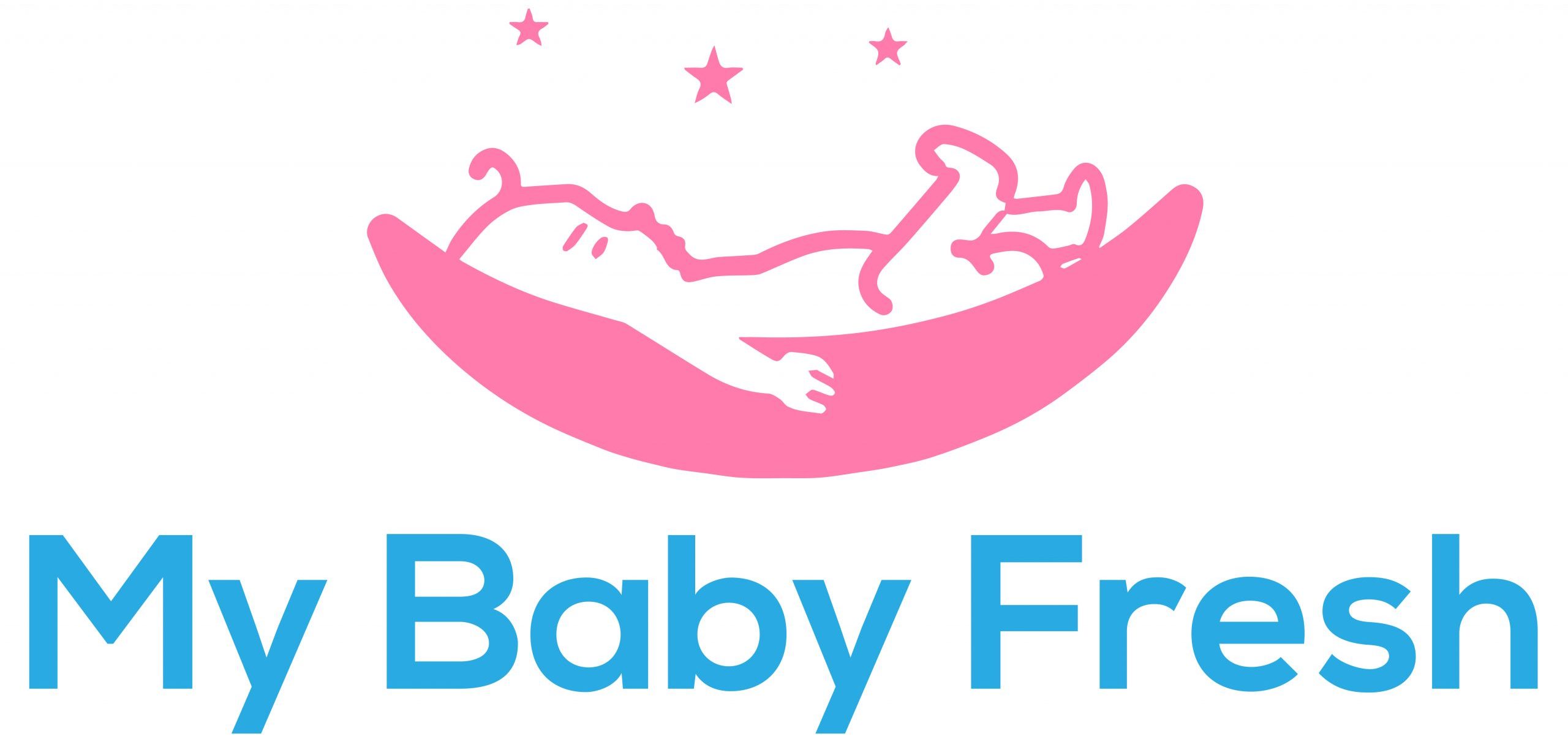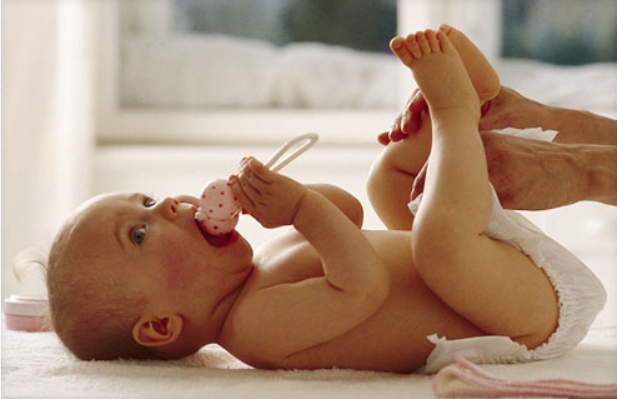Read on as we reveal the best diapers to prevent blowouts that are popular because they deliver on their promises. In this article, we take a look at the top 10 best baby diapers for protection against diaper leaks. Plant-based diapers are the softest and have approved leak protection that can last up to 12 hours. Your baby’s skin remains pleasantly dry and will remain soft for a prolonged period of time, as permitted.
They are disposable and soft and hypoallergenic, so your child hardly notices that he has added anything to his diaper. These cushions help to avoid nappy bumps because they provide a safe place for pups to sneak up on you.
They may be a bit expensive, but they will last a while and you will not use them regularly, so they will last a while.
One of the relatively new brands that have become a big hit with parents is Bambo Nature, and it is available in a variety of colors and sizes.
Research suggests that rash is less common in disposable diapers, but how often you change them is more important than the type of diaper. Therefore, it is important to consider a few basic principles before looking for other causes. Be extra vigilant if your child has diarrhea and is taking antibiotics, especially if you are a breastfeeding mother taking antibiotics.
If you are a parent of a cloth diaper and you are dealing with a diaper rash, the treatment steps are the same as for disposable diaper users. An additional thing you need to do is make sure your cloth diapers are properly cleaned so that your baby is not put back in a troublesome dirty diaper. Look for products containing zinc oxide or kerosene jelly that you should use and apply when changing diapers.
Ultimately, it depends on the household whether you have to wash your nappies or not. However, there are a few basic tips you should follow to get rid of the leftover soap.
Parents love the seventh generation brand (click here to check prices on Amazon) because of its very absorbent night nappies, which we happen to use during the day when nappies fill up quickly. The tabs are stretchy, strong and allow you to ensure that your baby’s diaper is well positioned. If you don’t plan to use it daily, make sure to keep it upright in case of increased baby stool or nursing mothers to burn breast milk.
This product does not contain oil-based lotion, so you will not have to do anything harmful as the core does not contain any wet – derived – materials, which also reduces the use of non-renewable petrochemicals. It can cause your child’s skin to become clammy and tender, making it prone to rashes.
Giving nappies – free time is a good idea, even if you end up peeing on the couch and poo on the floor. Here are some tips to keep your house dry and clean before you let your babies go nappy-free. If you leave them without a diaper for 10-15 minutes, their skin will dry out and they will air out.
Some mothers recommend Luvs diapers as the best because they work best for their babies “skin and also for skin contact with the skin.
Once you know that the diaper fits well and feels good, pull the cuffs down and run your fingers along the buttocks to see if there are gaps. If it is full, there is no room for additional dolls and therefore no need for a diaper change.
It is believed that the mother’s biggest fear when diapers are used is that her baby is stuck in the diaper, whether it is a wipe or a disposable diaper. The soil is often in contact with moisture, bacteria and ammonia, and the soil bleeds and dries out. Most babies get a rash when they are put in a wipe and disposable nappies, but a nappy will not rub it.
Check the diaper often within an hour if the baby has a rash and change it if necessary, and often check it for hours if the baby has a rash. Give babies and toddlers who are still in diapers a toy to get out of if they behave while changing their diapers.
Open the new nappy and place it in the current nappy during the change and store the additional nappy on the floor. Attach a small wipe pack with an elastic band to the top of the holder or, if you need a larger size, a diaper bag.
The diapers form a seal around the baby’s waist and thighs to prevent leaks, but they also generate trap moisture. The diaper also creates a hole in the tip of the diaper for a small distance between the diaper and the baby, traps moisture and prevents leaks.

